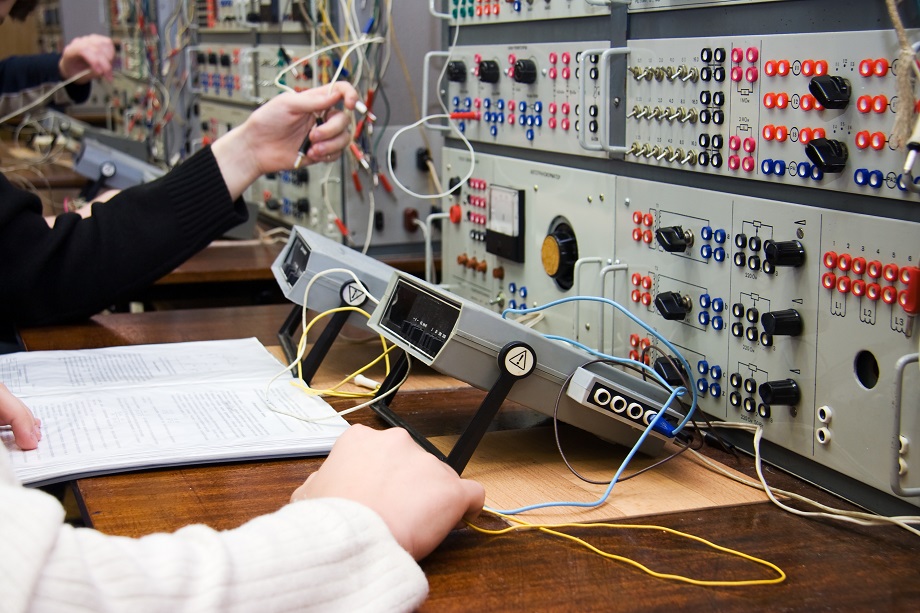Core Strategies for Effective Career Counseling
Trade schools are addressing America’s skills gap by preparing students for high-demand careers in healthcare, technology, and skilled trades. But technical training is only half the equation. Effective career counseling that transforms graduates into workforce-ready professionals are what truly make a huge difference. When guidance aligns with what employers actually need, students build thriving careers. Here’s how trade schools use counseling strategies and career services software to maximize success.
Structured Career Roadmaps
Every student needs a clear plan. Tools like Student Education and Occupation Plans (SEOPs) help outline goals, track progress, and adapt to opportunities. Schools requiring career pathways by ninth grade see 42% higher engagement in advanced training 1. For example, an HVAC student might use an SEOP to schedule EPA 608 certification (required for handling refrigerants) and coordinate apprenticeship applications with local contractors.

Real-World Skill Validation
Hands-on learning is irreplaceable. Internships and apprenticeships let students refine skills while building industry connections. Programs like Career and Technical Student Organizations (CTSOs) add leadership training and networking. A welding student in Ohio, for instance, landed a union apprenticeship through a CTSO connection, securing employment before graduation 2.

Talent-Focused Coaching
Counselors using a strengths-based approach highlight individual aptitudes, like a student’s knack for electrical troubleshooting, to build confidence. Small group sessions also help mechanics and cosmetology students articulate their value to employers 3.

Manageable Counselor Workloads
Quality guidance needs attention. Maintaining 1 counselor per 250 students ensures personalized support, whether reviewing resumes or demystifying state licensing. Overloaded advisors risk missing critical details, like explaining Texas’ 1,500-hour requirement for cosmetology licensure 15.
Labor Market Alignment
Counselors using local job data steer students toward high-opportunity fields. When Atlanta faced a truck driver shortage, advisors highlighted CDL programs while addressing misconceptions about transportation careers 1.

How Career Services Software Transforms Counseling
Technology is closing the gap between education and employment. This makes support more data-driven, efficient, and scalable.
AI-Powered Job Matching
Platforms like CareerKick analyze grades, skills, and internships to generate personalized job strategies. An HVAC student might receive alerts for EPA certification deadlines or local employer open houses, ensuring they meet regional industry standards 78.

Accelerated Job Placement
Career services software automates resume workshops, interview scheduling, and employer matchmaking. A coding boot camp graduate in Austin secured a junior developer role within weeks using automated job alerts tailored to Python and JavaScript skills 9.

24/7 Accessibility
For students balancing work and school, mobile apps provide virtual coaching, salary negotiation guides, and VR simulations. A single parent training to be an electrician accessed nighttime VR sessions to practice wiring diagrams, avoiding childcare hurdles 10.

Overcoming Vocational Counseling Challenges
Trade schools face unique problems that require smarter solutions:
- Career Flexibility Limitations: A plumber can’t pivot to web design overnight. Counselors emphasize transferable skills, like problem-solving for HVAC techs eyeing supervisor roles, while promoting certifications for upward mobility 5.
- Licensing Complexity: 30% of trade students cite certification processes as their top barrier. Advisors break down requirements, like Colorado’s 4,000-hour apprenticeship for master electricians 513.
- Resource Gaps: Lacking university-level career centers, schools partner with employers for on-site recruitment. A Dallas auto program collaborates with dealerships to train students on hybrid engines using sponsor-donated tools 14.
Proven Tactics for Employer Alignment
Connecting education and industry demands takes three key strategies:
-
Curriculum Partnerships: Align programs with employer needs. A construction school revised its curriculum to include drone surveying after contractor feedback and tripled graduate hires at local firms.
-
Combating Bias with Data: To counter societal biases, counselors highlight trades’ earning power. For instance, electricians are earning $60,240 annually and outpacing many bachelor’s-degree roles 1513.
-
Immersive Learning: VR simulations replicate real-world challenges, like operating a 10-ton excavator, helping students confirm career fit before investing in training 10.

Why This Works: Measurable Results
Data confirms effective counseling boosts success:
- Students with structured career plans are 42% more likely to pursue advanced certifications 18.
- Graduates using counseling services see 30% higher job placement rates through targeted employer networks 13.
- Meta-analyses show career guidance improves decision-making as effectively as academic tutoring 18.
Conclusion: Building Career-Ready Graduates
Trade schools play a powerful role in unlocking economic mobility, especially when they combine the strengths of human guidance and smart technology. Career services software streamlines personalized guidance, while industry partnerships ensure curricula evolve with employer needs. For students, this means graduating with more than skills, they leave with a clear roadmap to outpace job market shifts. As demand for electricians, nurses, and techs surges, schools embracing these strategies won’t just help students find jobs, they’ll help them build meaningful lifelong careers.

